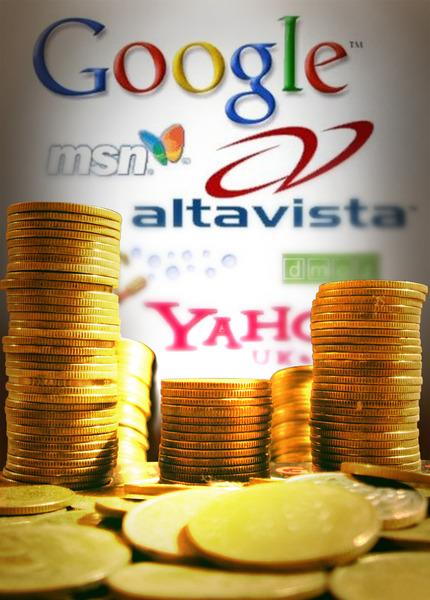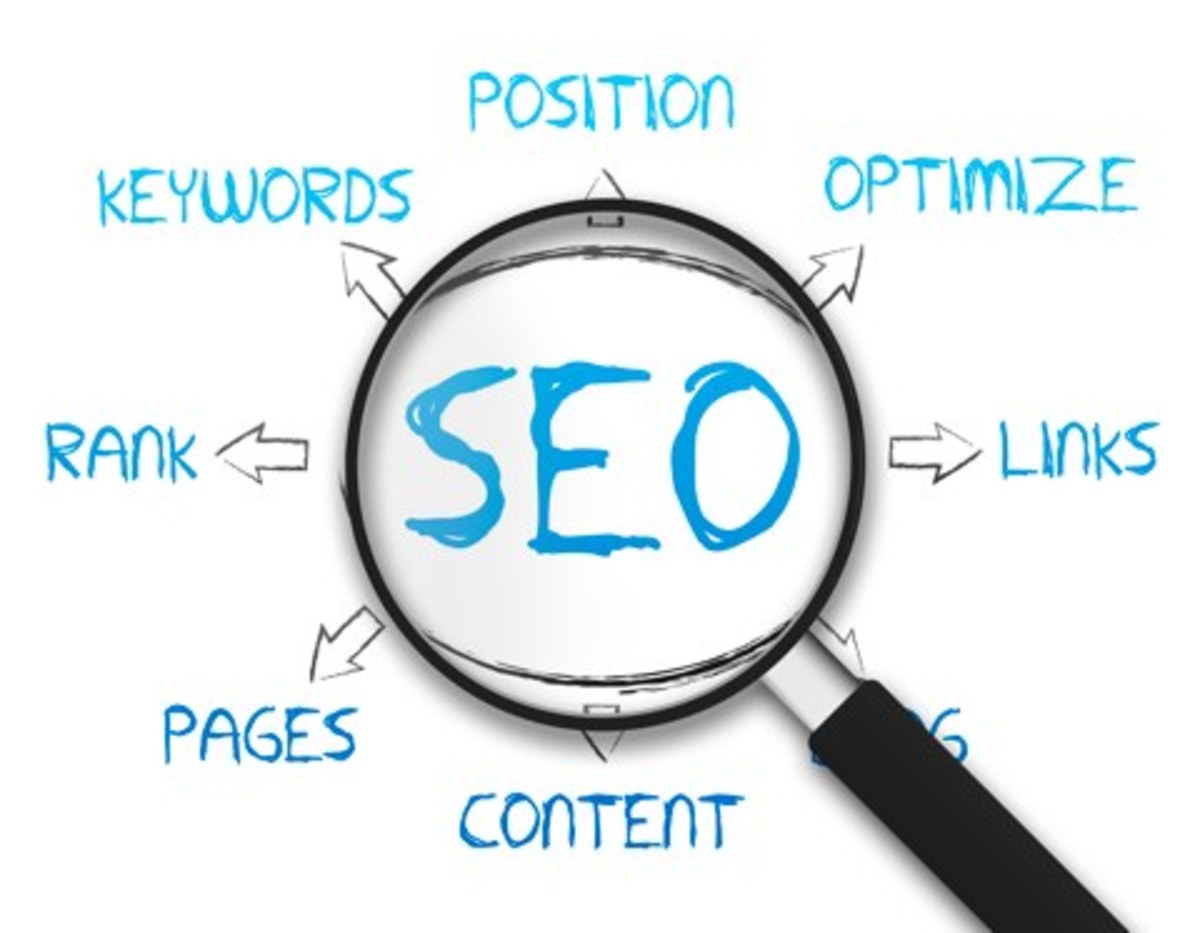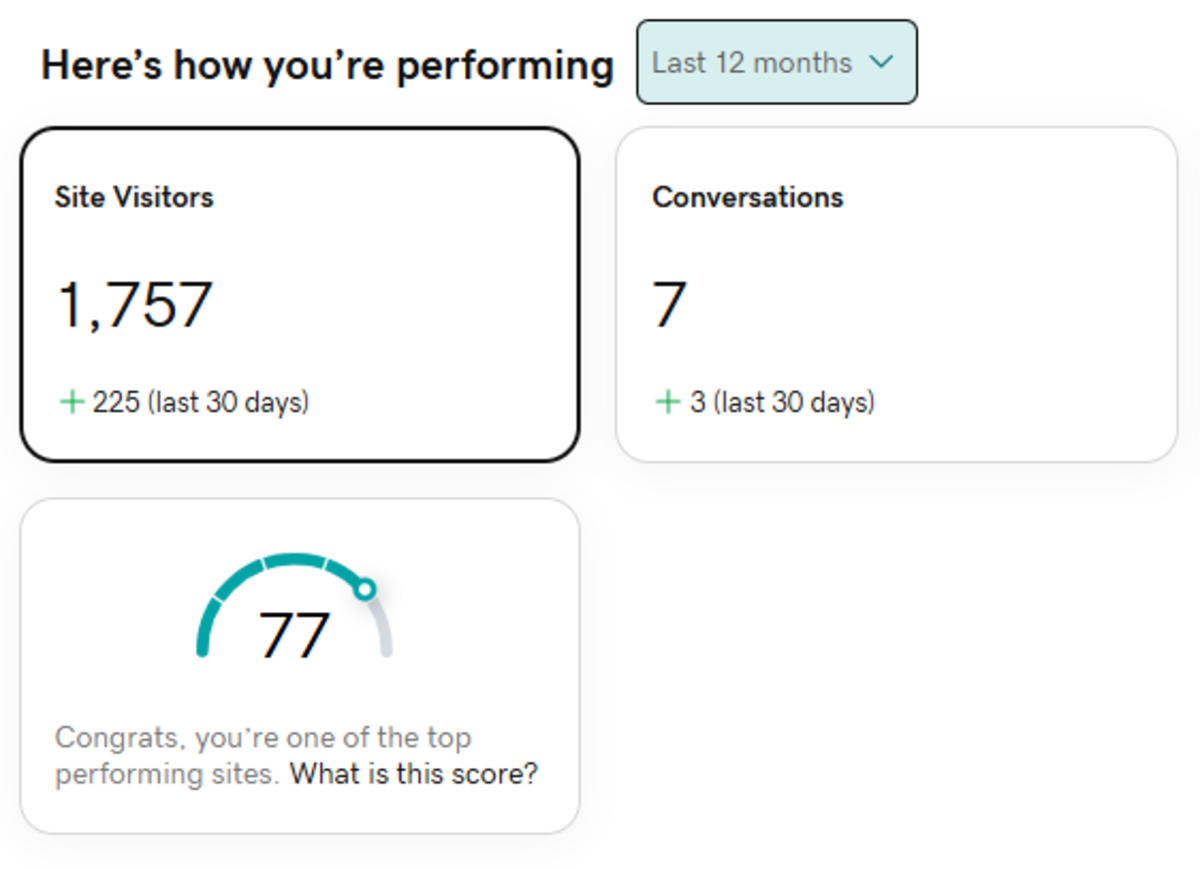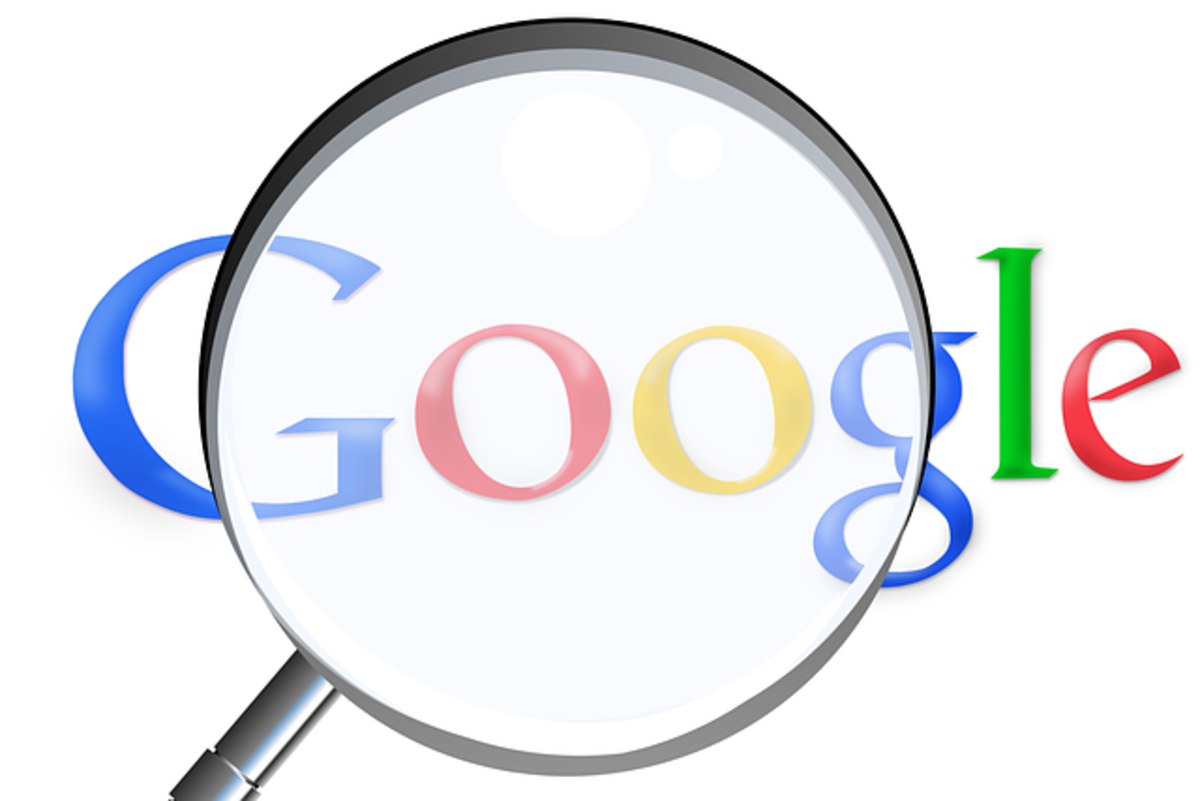Planning Your Search Engine Optimization Steps
Keywords and backlinks were the only significant SEO elements needed for getting a high page rank in the past, but nowadays search engines do not focus only on these two aspects of search engine optimization. This is due to the fact that web sites are actually living organisms. Thereby, every successful web site must be further developed, it must increase in size and mature over time. Of course, keyword issues, meta tags and building quality content still remain relevant aspects of SEO. But, once you have put all known strategies into place, you must maintain and update the elements of SEO in order to rank well.

Without focusing your attention to SEO strategies to build the web site traffic that you need, you are leaving the search ranking results of your page to chance. That would be like starting a business without putting a signboard or notice. That's why you need to focus on creating a search engine optimization plan. While at it, you must keep in mind that SEO is all in details and that you must satisfy certain criteria by which a search engine crawler determines your page rank.
Some of the criteria (most important ones among hundreds) are as follows:
Ø Anchor text
Anchor text is the link title which is visible to users; it is the clickable text in a hyperlink (a reference to a document that the visitor to your page can directly follow). Normally, the words contained in the anchor text (cca. 60 characters) describe or give relevant contextual information about the content of the link's destination. Anchor text is related to the actual text of the URL of the link but that doesn't necessarily have to be the case. Most search engine algorithms use anchor texts (among other criteria) to determine the ranking that the page receives by search engines.
Ø Site popularity
Site popularity can be measured based on the number of visitors your web site gets. Google Analytics is one of the most widely used free services providing website statistics. Among other things, this operating system tracks visitors from search engines, referring sites, direct traffic, and others. Some search engines provide a ranking based on the number of people who clicked through to your web site.
Ø Link content
When taking link context into consideration, a crawler may take certain elements into account: for example, where the link is located in the page, what surrounds it, and where it leads to and/or where it leads from. For some engines, some links are more important than page maturity; for others, links aren't important at all.
Ø Topical links
Your links need to be related to the topic of your article on a given page. If these links "hide" good quality content, web crawlers will identify them as quality links.
Ø Title tags
Title tags should contain specific keyword phrases. It is even possible to include two keyword phrases into your title tag and separate them with a hyphen. According to some SEO experts, 10-12 words in the title tag is ideal. Editing your title tags can be pretty useful, especially in maintaining SEO results.
Ø Keywords
Corpus linguistics defines keywords as "words which appear with statistically unusual frequency in a text or a corpus of texts". Search algorithms compare a word-list of the given text with a word-list based on a larger reference corpus. They consider the quality of a word or phrase (as being "key" in its context) and compare this with the quality of linking two words or phrases usually within a given span of each other (phenomenon known as collocation). In plain words, keywords are important to search engines and searchers on the web because they explain what the text is all about.
Ø Site language
A website is a certain kind of electronic text technologically and culturally related both to spoken and written communication. There are certain patterns of language intended for better web usability.
Ø Content
Once again, content is king! Great content can work for you over time and it is the most important element in accomplishing long-term success. It has to be relevant to the topic, abundant with useful information and structured so that the reader may be interested in further readings (contained in your included links). If you write product reviews, they must be true, honest and supported with actual facts about the product you are trying to sell. Remember, content is everything!
Ø Site maturity
If you are a member of Hubpages, you already know that it takes some time for your hub score to go up after you created a new hub. This is because it takes some time for Google to detect and store your page into database. Usually it takes a few weeks before your hub ranks well, but instant ranking is also possible. Some articles rank on the first page within a few hours (this is rare though) and this is probably because of good quality content, properly used keywords or keyword phrases and low competition.

For example, my article German (Deutsch) A1 level: learning and/or teaching ranked on the first page four hours after creation. It was published 13 months ago when it ranked #1 on the first page. It has been going down since but it is still hanging on #4 (no tweaks since it was published). It is going down because of new, fresh content related to the topic appearing on the web. This means: when searchers type in the keyword phrase German A1 level, my hub will appear as #4 in the SERPs.
The only relevant link included is the one leading to my article Time for grammar: German nouns, articles and gender (currently ranked #2 on the first page for keywords German A1 level nouns).
Keywords and PageRank analysis for these two hubs is presented in the Tables 1 and 2 below.
Table 1. Keywords and Page Rank for German (Deutsch) A1 level: learning and/or teaching (on January 30, 2011)
Example of Entrance Keywords
| Page Rank on Google
| |
|---|---|---|
German A1 level
| #4 on the first page
| |
German A1
| #6
| |
Deutsch A1 level
| #6
| |
A1 level exam German
| #5
| |
German A1 level nouns
| #1
| |
German A1 level articles
| #1
| |
gender A1 level
| #3
| |
teach A1 German
| #1
| |
learn A1 German
| #1
|
According to Google Analytics, entrance keywords that visitors used to search results are:
german a1, deutsch a1, learn start deutsch a1, a1 deutsch, a1 german, german a1 exam, german teaching level, german a1 book etc.
Table 2. Keywords and Page Rank for Time for grammar: German nouns, articles and gender (on January 30, 2011)
Example of Entrance Keywords
| Page Rank on Google
| |
|---|---|---|
German A1 level nouns
| #2 on the first page
| |
German articles grammar
| #10
| |
German noun list
| #10
| |
German gender grammar
| #9
| |
grammar German A1
| #2
| |
gender A1 level
| #2
|
As you see, the hub on grammar needs a tweak with the purpose of ranking better, although these are great results considering the fact that this hub contains only one relevant interlink.
These examples are given to you so that you realize that content is your #1 concern, links are important only if they are based on quality (and not necessarily quantity) and that Long Tail keyword phrases are just as important as broad keywords. Note that the hub on grammar is currently ranked #2 for keywords contained in the title tag of the first hub!

How to create a Search Engine Optimization Plan
(1) Set your GOALS for your Search Engine Optimization Plan
Many SEO plans seem to fail without a clearly set goal. Your goals depend on your business needs; if you have a simple blog, you don't need to bother yourself with in-depth SEO; but if you want your blog to become a trademark, then you need more than a few SEO strategies to accomplish your goal.
Your goals(s) may be:
- to increase/draw traffic to your site (page)
- to increase exposure to potential customers outside your country (geographic region)
- to increase revenues, etc.
Your goal shouldn't be too broad. For example, "to draw more traffic to your web-site or page" is too general. Moreover, everybody wants that – it is the all-encompassing goal of every SEO plan. A more ore specific goal would be "to increase the number of page viewers who complete a transaction of at least $100 a month through Google Ads" or "to increase the number of customers who complete a transaction of at least $300 a month through Amazon.com".
SEO goals and plans to achieve them must be adaptable, responsive to change and further developed. A useful tip is to review SEO goals and plans periodically, ideally on a quarterly basis.
So, setting your SEO goals is the first thing to do when creating an SEO plan. The next step is thinking about details. The following example may be useful; let's say you decide writing about credit cards. You should:
- write at least 10 hubs on that topic (the more the better) and interlink them in the right way.
- include only links relevant to this topic
- do keyword research by looking into all the keywords that visitors were using to find your page (use Google Analytics)
- tweak your hubs by integrating these keywords that people are really looking for into your content
This may not rank you as #1 for the keyword credit cards, but you may be ranked on the first page for many of the Long Tail keyword phrases that your page viewers search for (e.g. rating and types of credit cards in the world, what is the highest possible fico score, the benefits of reward credit cards, etc).
(2) Prioritize your pages
Look at each of your pages on the site. Prioritize your pages and plan SEO around each of the priorities. Top-priority should be those pages that your visitors most naturally land on or those pages which you believe would generate the most traffic (or revenue). Prioritizing pages actually means creating a map, a set of guidelines or explanations that are easier to navigate.
(3) Estimate your pages
Once you have prioritized your pages, assess your pages individually: estimate where you stand and what needs to be done in terms of search engine optimization. Special care should be given to:
- meta tags (especially title tags and description tags)
- page content (is it fresh, relevant, updated, how long is it – remember, content is king)
- links (links must be in context; this means links must come from or lead to a page relevant to the topic. Always check whether there are any broken links)
(4) SEO plan in form of a document
Your SEO plan should look like any other business plan; include current status, marketing efforts, SEO activities, time frames, goals and plans to hit, strategies such as submitting your pages to article directories (also anticipated capital expenditures if you own a web site).
Be sure to include a time line to implement your SEO activities and for follow-up.
(5) Follow-up
Follow-up is very important and must be included in any search engine optimization plan. When you develop and implement your SEO plan, your job doesn't end there. SEO is simply not something you undertake only once. One useful tip here is to schedule follow-ups quarterly. It takes at least three months to see how successful your efforts are, therefore, be careful not to follow up on them too soon (otherwise you may get confused and make the wrong moves). Another tip would be not to wait more than six months to check the results of your SEO efforts.
I deliberately posted the date next to the information shown in Tables because the web is constantly changing. The results in SERPs will change too. Therefore, each search engine optimization plan has to include SEO maintaining activities.
Further reading:
- SEO Quotes 25 great search engine optimization quotes
Learn about SEO with popular SEO quotes collected from books written by experts in the field of search engine optimization. - Online Article Marketing and drawing traffic to your site
Online article and drawing traffic online are #1 challenges for all internet marketers and article writers. Tips to draw traffic online!

Copyright © vox vocis. All rights reserved.









